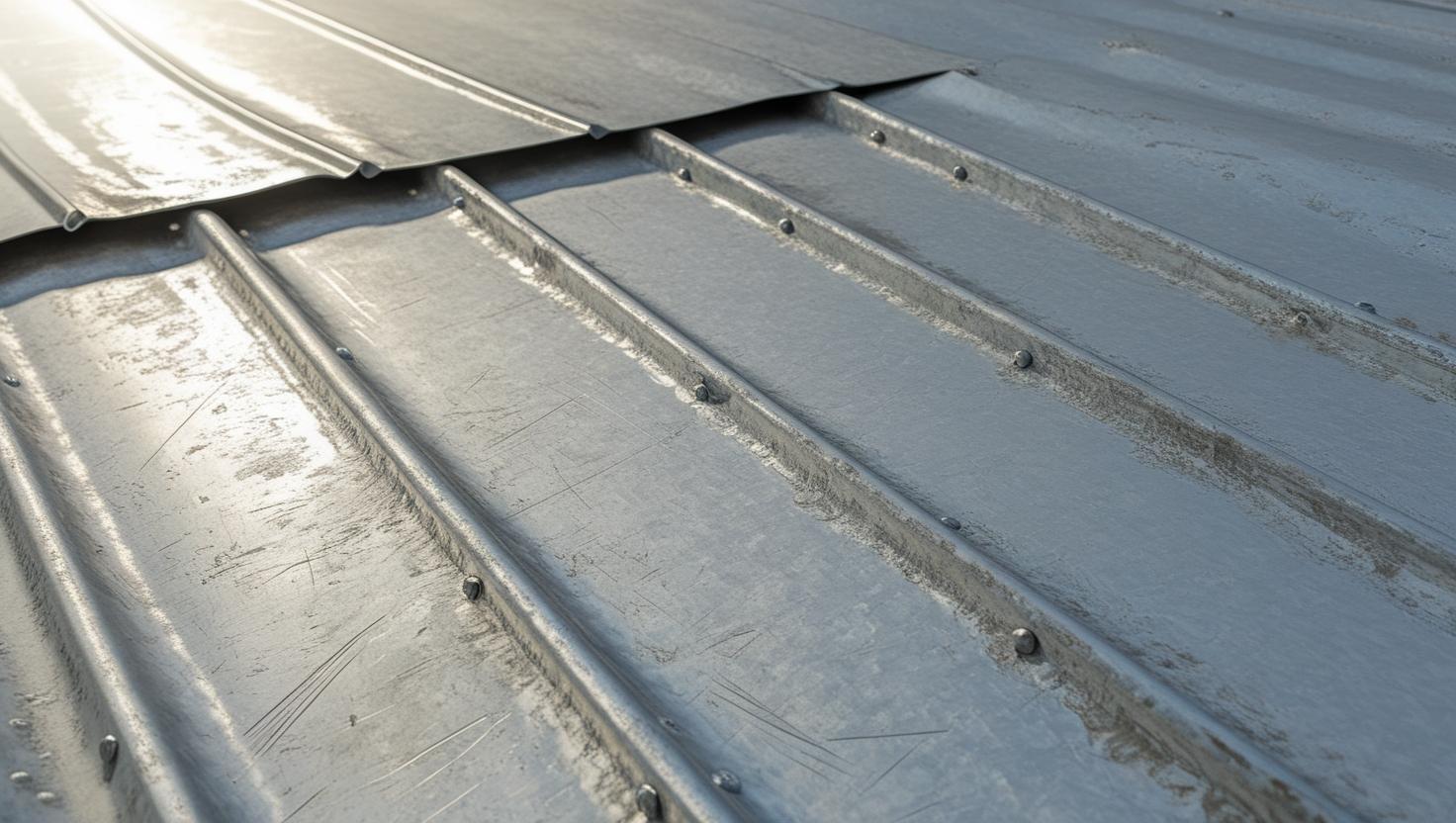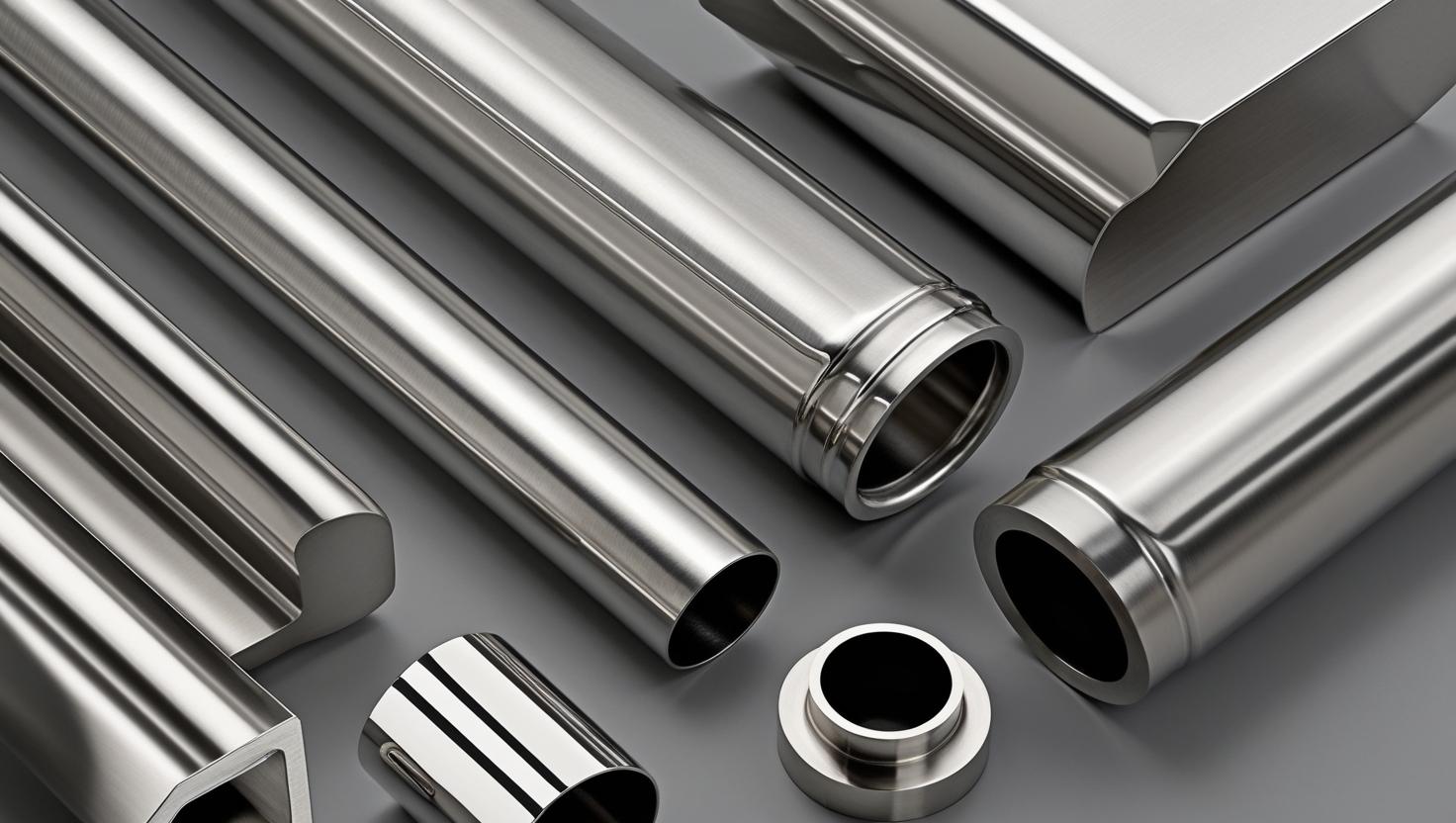Anodizing is a procedure most familiar in the treatment of aluminum but to what extent is it possible to anodize stainless steel? Anodizing stainless steel is not common, but it can be done whenever it is required as is the case with anodizing aluminum. In this article the reader shall learn all about anodizing stainless steel, how it is done and what are its advantages and disadvantages, as well as possible uses of this technique.

Understanding Anodizing
What is Anodizing?
Anodizing is an electrochemical process through which the thickness of the natural oxide layer of the metal part can be built up. It involves immersing the metal under consideration in an acid solution and then passing an electric current through it. This converts the metal surface into a hard, but protectively non-adherent anodic oxide layer of the base metal.
Why Anodize?
Anodizing is mainly used for increasing corrosion protection, color finish, or paint or glue attachment. Also, the anodized surface area can be dyed in different colors thus provides flexibility in the appearance.
Anodizing Aluminum vs. Stainless Steel
Anodizing Aluminum
Aluminum is the most popular material to put through the anodizing process. Because aluminum generates a passive oxide layer when exposed to oxygen, the process is well-defined for this metal. Anodizing aluminum thickens and strengthens this layer, which is why aluminum goods, such as those used in electronics and aircraft, are anodized.
Anodizing Stainless Steel
Stainless steel cannot be anodized in the same way aluminum does in order to develop a thick layer of oxide of a nice and uniform structure. Stainless steel has elements of chromium that when exposed to the air, rust automatically forms a thin layer of oxide known as passive film which makes it corrosion resistant. This passivating cannot be done easily or even anodized compared to other metals especially due to increased complexity in the stainless steel.
The Process of Anodizing Stainless Steel
Anodizing might be carried out on stainless steel, and although it is slightly different from anodizing aluminum, which might include:
Pre-Treatment
Preliminary stage of anodizing the steel is very important before anodizing of the stainless steel can be conducted. It entails the initial step of cleaning the stainless steel to enhance a good base for the anodic layer formation. This may involve such processes as degreasing, etching of the surface, and also polishing in a bid to eliminate contaminations or other layers of oxidations.
Anodizing
The anodizing process of stainless steel may employ a different type of electrolyte bath such as sulfuric acid when used for housing the anodizing process as compared to the standard sulfuric acid used for anodizing aluminum. The object to be coated is placed in this bath and acted as an anode in an electrical connection, whereas the cathode is formed out of lead or stainless steel.
Coloring
After the stainless steel has been anodized, it is possible to give it a color. The anodic oxide layer prepared has a capacity of absorbing dye which enables the stainless steel to be colored in different colors. This step can enhance the beauty of the metal making it easily suitable for usage for other purposes that require that touch of beauty.
Sealing
These layers are then fixed by sealing so as to ensure that the color fix on the surface is maintained. Some of the steps that can be following; as the sealing process, after anodizing the stainless steel is by plunging it in boiling de-ionized water or nickel acetate that assists in sealing the pores of the oxide layer.
Benefits of Anodizing Stainless Steel
Enhanced Corrosion Resistance
Anodizing increases corrosion resistance of stainless steel since creates a thicker oxide layer on the metal. This is important in such areas that experience considerable cases of corrosion such as in the marine or industrial region.
Improved Aesthetic Appeal
Anodizing can be done to a variety of colors and can be used to improve the aesthetic qualities of the stainless-steel products. This makes anodized stainless-steel ideal for designing architectural structure parts, designing a variety of fixtures including decorative ones, and in the designing of many other consumer products.
Increased Surface Hardness
The anodized layer created on the stainless steel has more hardness than the basic layer, thus making it more resistant to wear and abrasion. It can also increase the lifespan of stainless-steel components provided that durability remains an essential factor to a given application.
Limitations and Considerations
Complexity and Cost
Anodizing of the stainless steel is more technical and expensive as compared to anodizing on aluminum. This is somewhat limited for the small operations as they will require specialized equipment, chemicals, and expertise to implement this technology.
Surface Preparation
For metal substrates like stainless steel, considerable attention must be paid to surface preparation in order to get the same thick anodic coating. Any mistakes made during the pre-treatment phase will result in an uneven surface that is not ideal from an aesthetic and service standpoint.
Application Specificity
Not all the stainless-steel grades can be anodized and have the ability to withstand the anodizing process. Some of the stainless-steel products do not go through the anodizing process as there are some difficulties in the process.

Practical Applications of Anodized Stainless Steel
Architecture and Design
Anodized stainless steel is used abundantly in architectural works as it is quite attractive and they are long lasting. In some cases, anodized stainless steel is used for the construction of buildings, facades, as well as decorative interior elements.
Consumer Products
Vehicles, home products such as kitchen utensils, furniture and accessories for vehicles including car parts among others can be made of anodized stainless steel to enjoy its better and appealing corrosion resistance looks.
Industrial Components
Anodizing of stainless steel is used in industries because of its ability to offer much strength and ability to withstand very hard conditions. These include equipment used in chemical processing plants such as pipelines, in marine environment, and power generation plants.
